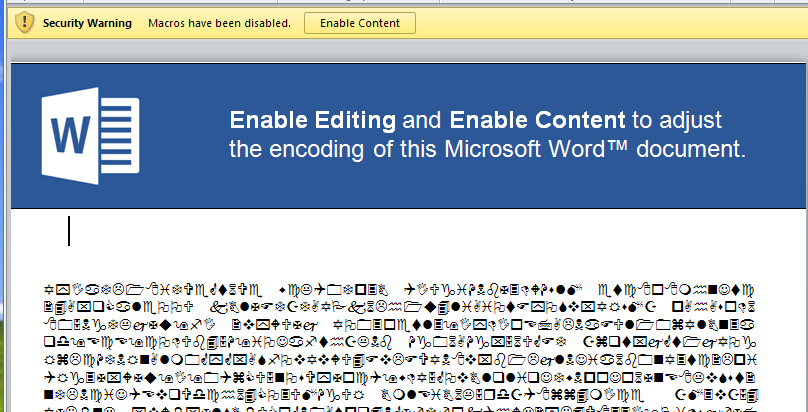Andy Cummings & Renee Stone
October 29, 2020

While Halloween is scary, cyberattacks can be even more frightening. Ransomware locks your computer and demands a payment to unlock it. Your best defense against this is to keep your operating system updated with current patches AND backup all of your data because there are no guarantees you’ll get your data back even if you do pay a ransom. Phishing is similar to Trick-or-Treating, but there’s no Treat – just a Trick by using emails to fool you into clicking a link or downloading an attachment.

Black Cats have long been associated with Halloween. In cybersecurity, Black Hats are criminals who break into machines and steal data like passwords, email, credit information, or bank accounts. Cybersecurity is a personal and professional responsibility for all of us. Think before you click, do your part to be cybersmart.
Still, however boring the subject might seem, it’s a fact that phishing is the simplest way to break into a castle – er, organization’s network – and it takes only one person’s lack of attention for the kingdom to be lost. From hackers to scammers to nation-states – they love using phishing emails to steal your secrets, your identity, your money, etc. because it’s literally the easiest way to “pwn” you and your candy. They are counting on you not paying attention. The 2019 “Verizon Data Breach Investigations Report” found that more than 90 percent of malware is distributed via email – no surprise at all.
For example, just last week the ransomware gang behind Ryuk sent a phishing email to a victim – and achieved complete domination of the world for Sauron in 5 hours. I mean… they encrypted everything of value across that victim’s network in 5 hours and held it for ransom. Either way, that one user opened the door for them – pretty much like someone inviting a vampire into the home – and the entire organization was toast.

Back in 2016, John Podesta (Hillary Clinton’s campaign chair) received an email from “Google.” The IT team at the campaign confirmed the email was “real” and, to cut a long story short, the password change was initiated from the fake link in the original phishing email – and Mr. Podesta was promptly boiled and eaten by a witch. Well…not exactly…but his account was compromised, which is arguably worse and some blame him to this day for the results of that election. Yikes.
A Scottish publisher sentenced an employee to death by beheading in 2019 for falling for an email scam in which she transferred $260,000 of the company’s money to an impersonator. Actually, she wasn’t really beheaded – but she was sued by her company for the missing $141,000.
So, how do we identify phishing emails? We have a saying in the ISO – “If it feels weird, it is.” Pay attention to your instincts, particularly if an email seems to be urgent or scary – bad guys are counting on you to panic and think with your emotions, not your wits.
The first thing I do is get an overview of the entire content and see whether it’s something relevant to you. Become confident in the validity of the sender and the context for the communication. If it arrived unexpectedly, this should cause suspicion.
